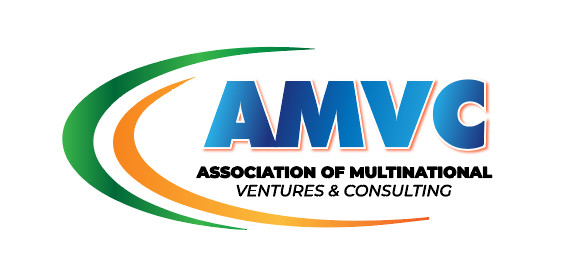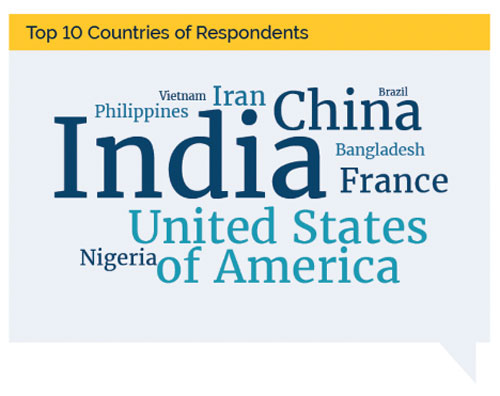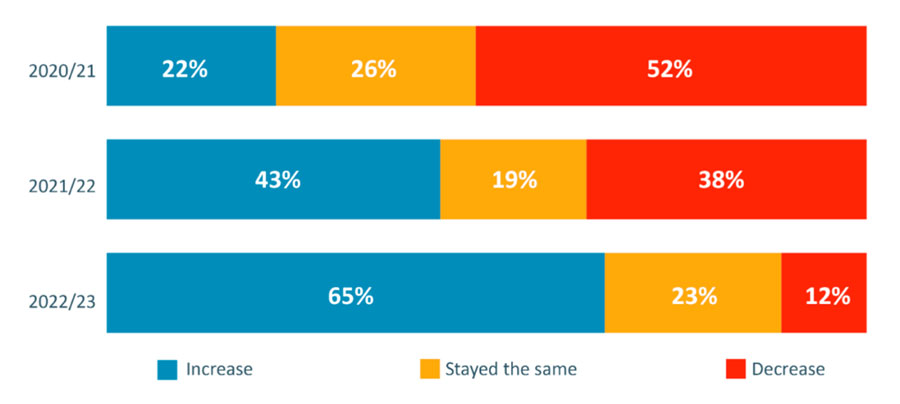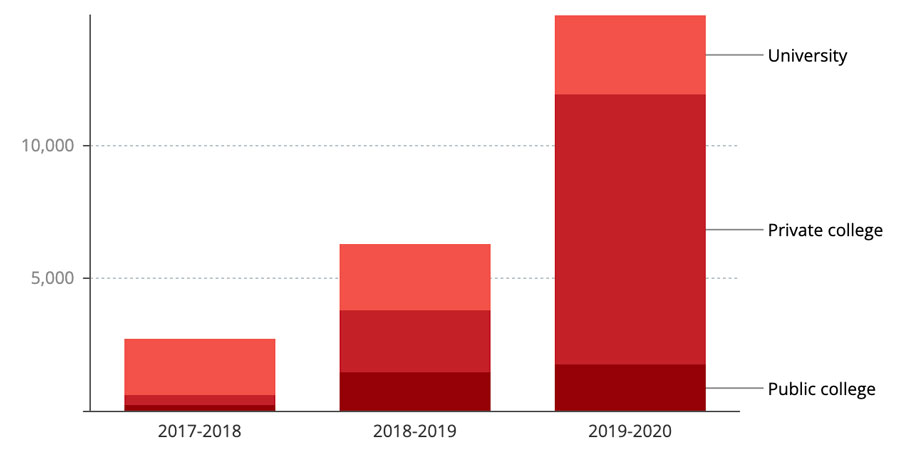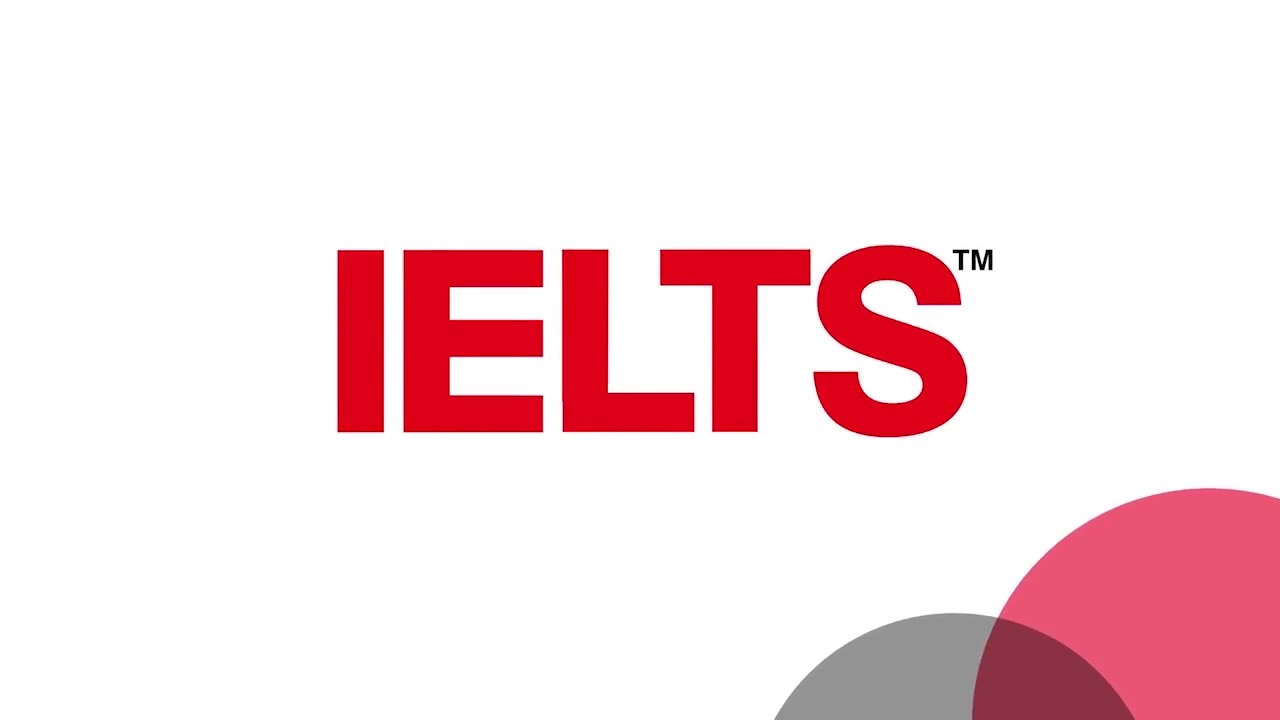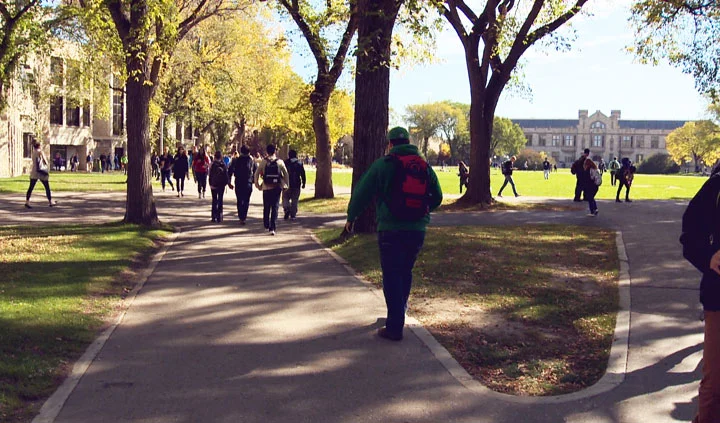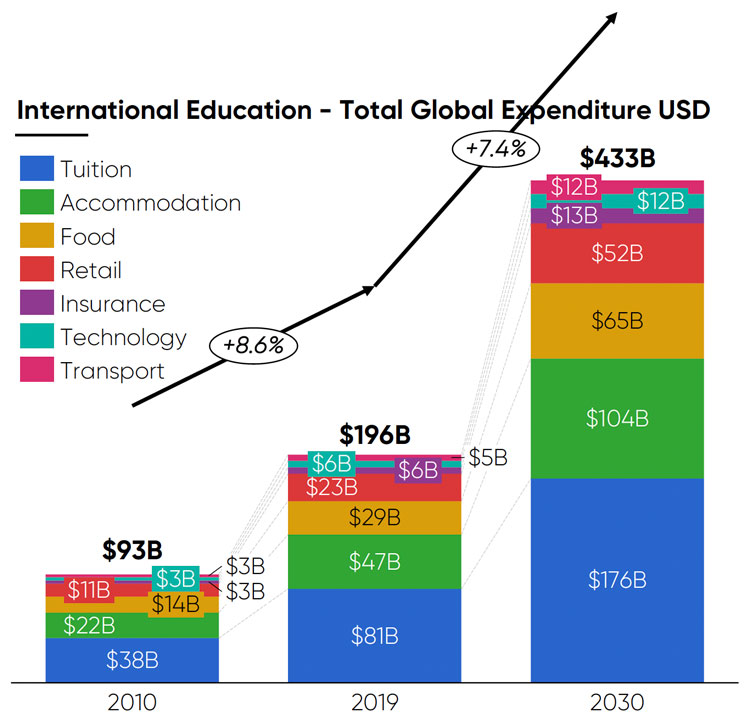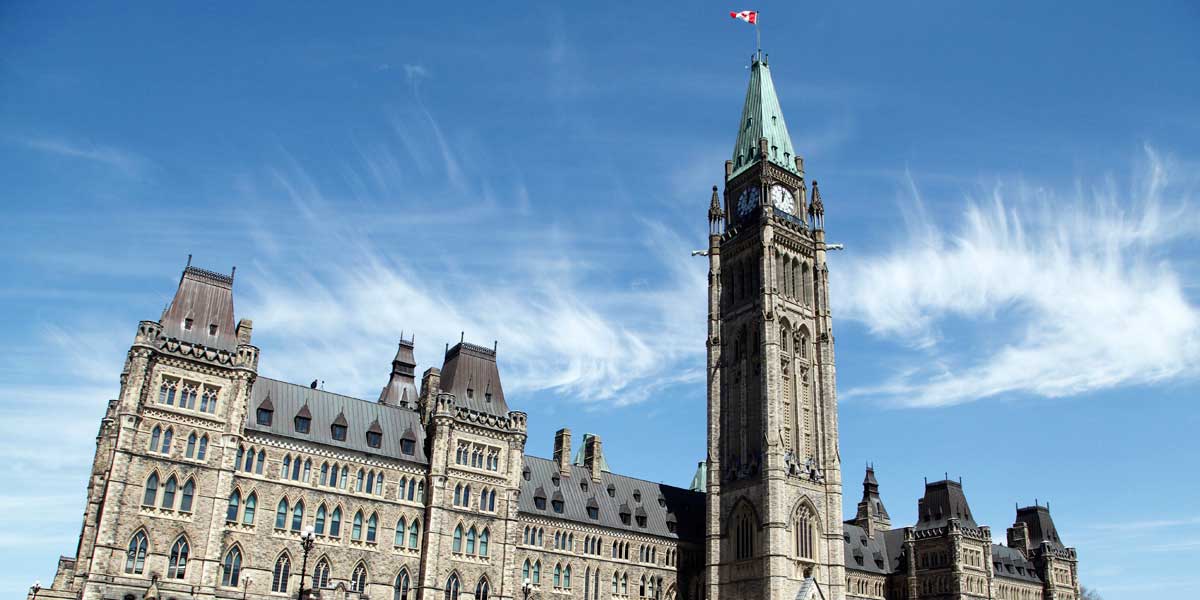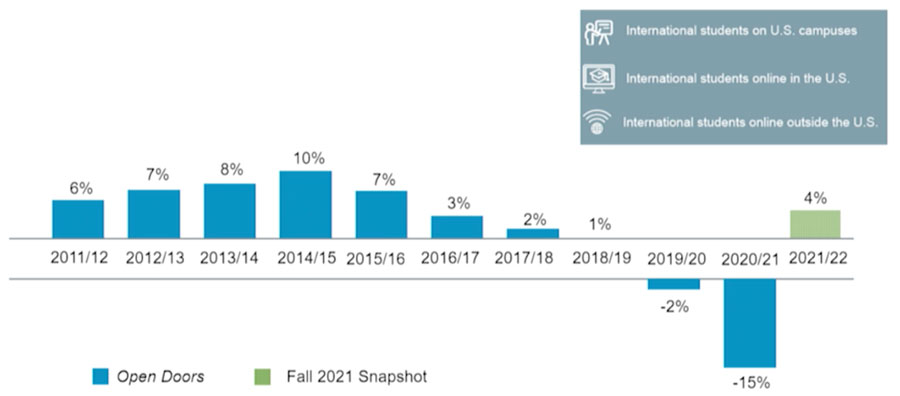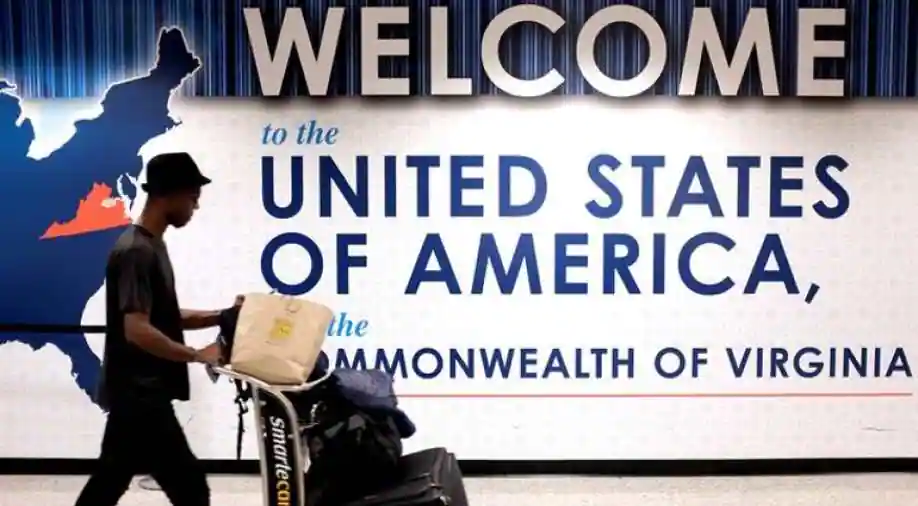The Optional Practical Training program (OPT) in the United States is expanding to allow more overseas students – in more STEM-related fields of study – to stay in the country for three years after graduation, starting immediately.
The Departments of State and Homeland Security (DoS and DHS) are leading this expansion, as well as a number of other policy changes, to "advance predictability and clarity for pathways for international STEM scholars, students, researchers, and experts to contribute to innovation and job creation efforts across America," according to the US administration.
The new push on opening work and immigration opportunities for STEM students comes as concerns are mounting in the US about China’s rapid progress in nurturing STEM talent.
22 new STEM fields have been added
F-1 students can now apply for three years of OPT after graduation in 22 new fields of study, as described in this Federal Registry notice. Climate change and environmental protection, as well as data sciences and analytics, are among the new topics of study. The 22 fields were picked from a total of 97 nominations, and the American public can continue to suggest new subjects of study for consideration.cerns are mounting in the US about China’s rapid progress in nurturing STEM talent.
STEM students and graduates on J-1 visas are also eligible
There's also some good news for J-1 (exchange) STEM students: The Bureau of Educational and Cultural Affairs (ECA) of the Department of State is leading a two-year initiative (2021/22 and 2022/23) that will allow degree-seeking J-1 students and graduates in STEM fields to stay in the United States for three years. For J-1 students, the previous cap was 18 months of work allowance.
A new "Early Career STEM Research Initiative" has been launched as well:
“The US Department of State’s Bureau of Educational and Cultural Affairs (ECA) is announcing an “Early Career STEM Research Initiative” to facilitate non-immigrant…exchange visitors coming to the United States to engage in STEM research through research, training or educational exchange visitor programs with host organizations, including businesses.”
O-1A eligibility standards being more lenient
The government is also seeking to make it simpler for STEM grads and other non-immigrants to stay in the United States on an O-1A visa (which is intended for "people with extraordinary ability" in specific fields).
The DHS has issued a change to its advice on how applicants for O-1A visas would be considered in the future:
“The new update provides examples of evidence that may satisfy the O-1A evidentiary criteria and discusses considerations that are relevant to evaluating such evidence, with a focus on the highly technical nature of STEM fields and the complexity of the evidence often submitted.”
China-related concerns
The new push on opening work and immigration opportunities for STEM students comes as concerns are mounting in the US about China’s rapid progress in nurturing STEM talent. A report published last year by Georgetown University’s Center for Security and Emerging Technology (CSET) found that China is already outpacing the US in graduating STEM PhDs and that by 2025, China will produce twice as many STEM PhDs as the US. The report notes that,
“Between 2016 and 2019, the number of students entering STEM doctoral programmes at Chinese universities increased nearly 40%, from 59,670 to 83,134.”

Actual and projected STEM PhD graduates from American and Chinese institutions, 2000–2025. Georgetown University
What’s more, the quality of Chinese institutions from which STEM graduates are emerging is often excellent. The most elite universities in China are called “Double First Class” (DFC) institutions, of which there are 42. These institutions receive the most funding and the Chinese government is heavily invested in them. Most of them are ranked in the top 500 globally and half of them are in the top 200. And here’s where the quality of graduates comes in: the Georgetown University report notes that “a little under half of all Chinese PhD graduates have come from “Double First Class” universities” and many more come from the next class of university (where quality and funding are also high).
It's an emergency situation
China's rapid production of graduates prepared for scientific and data-driven innovation contrasts with a multi-year trend in the United States of minimal increase (or perhaps decline) in the number of overseas students enrolled in US schools. This has ramifications for STEM innovation in particular, given that 54 percent of international students study STEM areas, with engineering (21 percent) and math and computer science (14 percent) being the most popular (20 percent ). As an article published in 2020 in The Atlantic points out,
“These students go on to work for artificial-intelligence companies, logistics firms, biotech labs—or start their own. When given the opportunity, they prefer to stay in the United States. More than 80 percent of international doctoral students in artificial intelligence, for example, remain in the country after graduation, according to a December report from the Center for Security and Emerging Technology.”
Keeping the momentum going
According to a study conducted by the IIE in 2021, 860 colleges reported a 68 percent increase in foreign student commencements in the autumn of 2021, compared to a 46 percent reduction in the fall of 2020. Last summer, the US government issued a joint statement stating that this goal was a "foreign policy imperative," and that it was working to encourage the growth of overseas enrolments once more.
Source: ICEF
